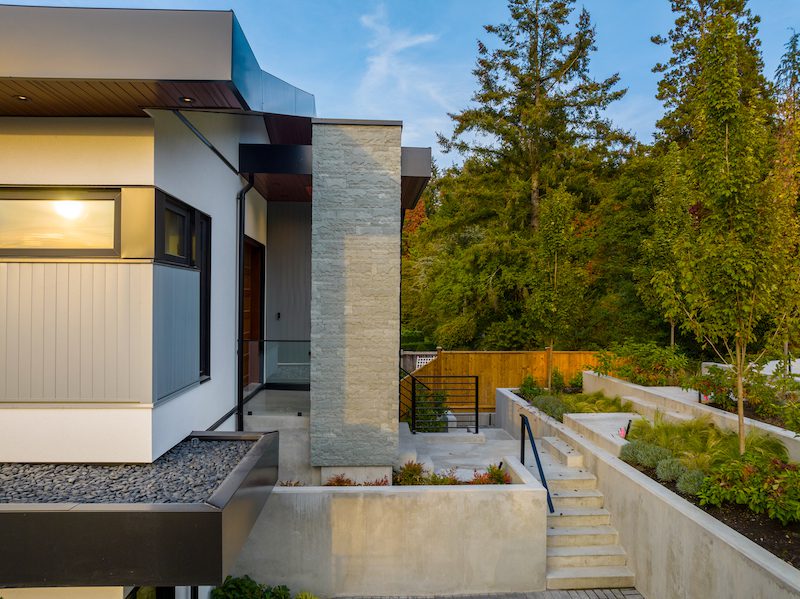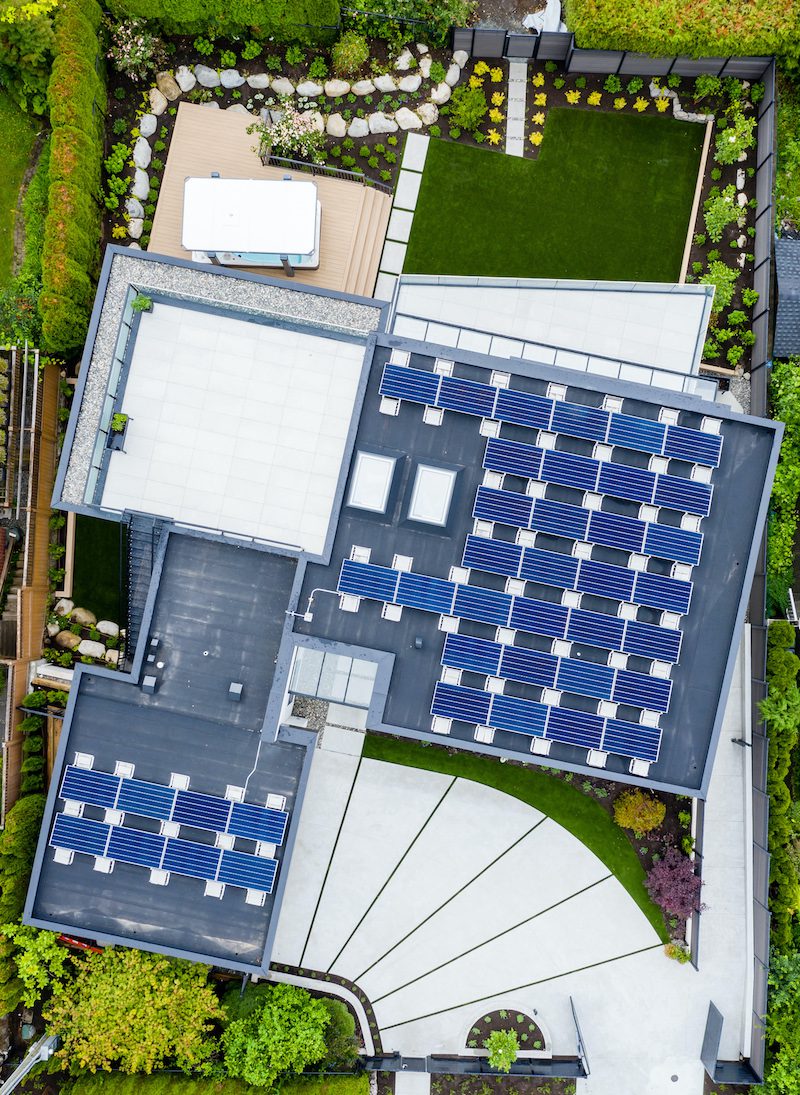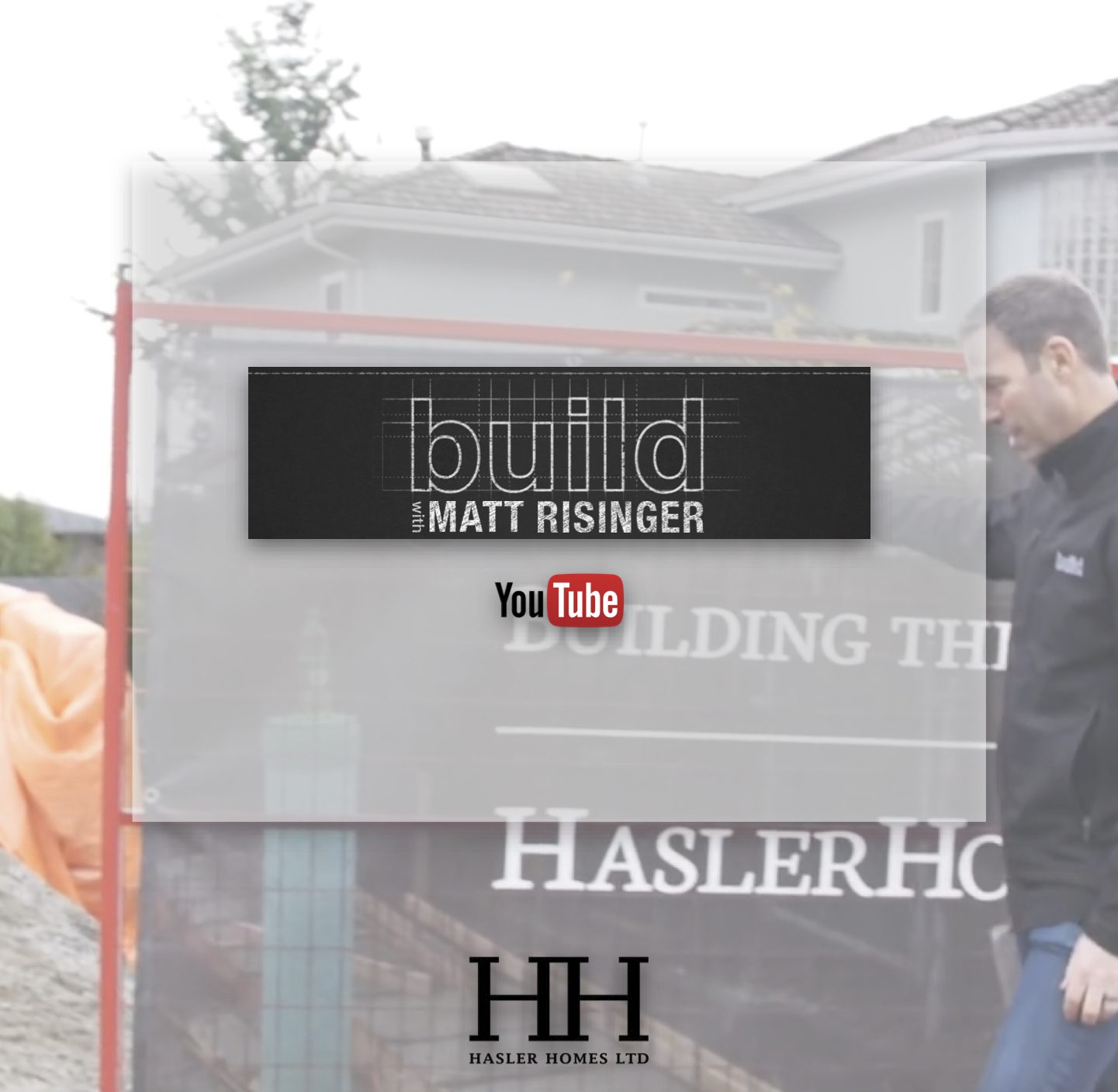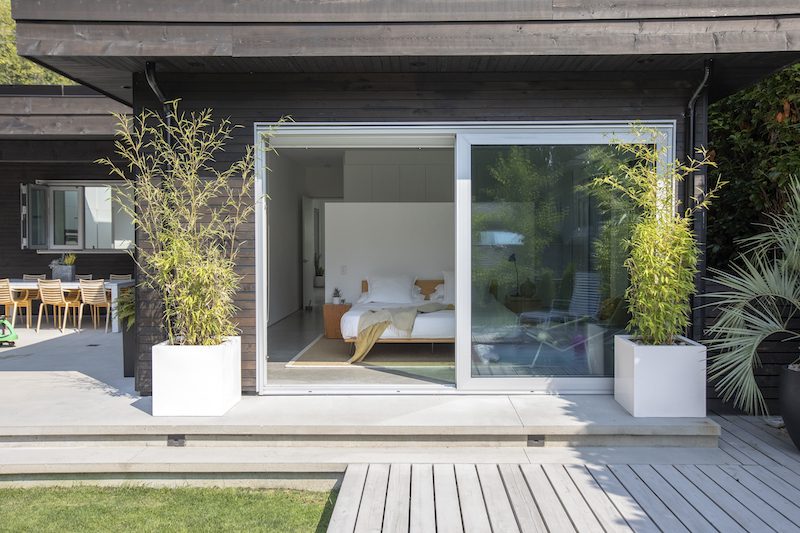We have been receiving more and more questions about different options for building eco-friendly homes. Knowing the importance of not only being able to speak with our clients about this, but build homes that align with BC’s Step Code, Greg has become fully trained in Passive House, Built Green, and is currently training in Net Zero.
One of the most common questions we are asked is, ‘What is Passive House?’. Here on this blog we will share a bit of what we’ve been learning. As Greg, Nathan, and Adam have been becoming trained in Passive House Tradesperson, they have been taking their knowledge straight into the worksites, sharing information with our clients and fellow employees. Building an entire home to be Passive House certified is an eventual goal but we believe lots of what was learned can be used right away to improve all of our projects.
Imagine A Hair Dryer Heating Your Home.
Passive House is the most comprehensive way of reducing a homes ecological footprint. The result is an ultra-low energy building that requires little energy for heating and cooling. The amount of money that you are going to save in the long term will quickly make up for the initial cost of the extensive building envelope. For example, the heater size that you would need to heat a Passive House would be equivalent to a hair dryer.
It Effects the Air That You Breathe.
Living in a Passive House home would also be an asset to your health. The majority of our homes suffer from building envelopes with holes. This isn’t an awful mistake of a bad contractor. It’s just how some contractors originally learned how to build homes. When we are living in the homes of our parents, and their parents, and just doing surface renovations, those air leaks aren’t necessarily going to be fixed.
Think of a log cabin, there’s no wrap or tape involved. It was built to be a simple structure to protect people from the elements. The warmth and dryness was left up to blankets, wood-burning stoves, and layers of clothes. In the summer, you might have sun beaming through windows making your home feel like a sauna. These don’t exactly make for great living conditions, it’s more of a constant struggle to find the right balance.
Most of us have at least once in our lives lived in a home that went through a range of temperatures throughout the seasons. If you’ve experienced that, then you most definitely know about the different rooms in the home being freezing or too hot. The reason this can effect our health is because cold damp rooms is the perfect place for mold and mildew to grow, which can cause health issues. Then you have condensation on the windows from overheating in the home, and it’s just never-ending.
Not In A Passive House.
A properly built Passive House home will provide great indoor air quality. This is due to the combination of the building envelope, thoughtfully placed windows, and the ventilation system. You are essentially living in the perfect climate all year round. The heat recovery ventilation system would ensure a supply of fresh clean air. A Passive House-certified ventilation system delivers the air silently without drafts to every occupied space. It exhausts stale air where moisture or or odors exist. With this type of ventilation system there is only a tiny percentage of possibility that the home will grow mold or mildew.
How does the air not leak out? That is where the building envelope comes in. After the framing is done, the home is wrapped in a special wrap. The seams are then taped to ensure no air leaks out. This done at the windows and doors as well. With Passive House building, you even go as far as to seal the power outlets, door handles, and any other passage that air might get through.Photos below: Hamilton Laneway Home built by Hasler Homes. These photos show Team Hasler creating a building envelope comparable to that of Passive House standards. We used SIGA wrap, SIGA tape, and exterior insulation.
Some Facts.
In a 2016 survey conducted by BC Hydro, 92-94% of BC residents planning to purchase or build a home considered energy efficiency a marketable feature in a home. 76% agree high perforormance homes provide high levels of comfort, health and quality. Those who felt it doesn’t matter: 2-3%. Shocking? Not really.
What’s your take on Passive Homes? Would you consider building one for your family if you knew it would benefit your wallet? What about now that you know it will benefit your health and the earth?
More Information.
We recommend Efficiency BC: “EfficiencyBC is British Columbia’s online hub for homeowners and businesses to access information, incentives and support to reduce energy use and greenhouse gas emissions in new and existing homes and buildings.”This is a simple but great video we found that explains the general idea of Passive House:



